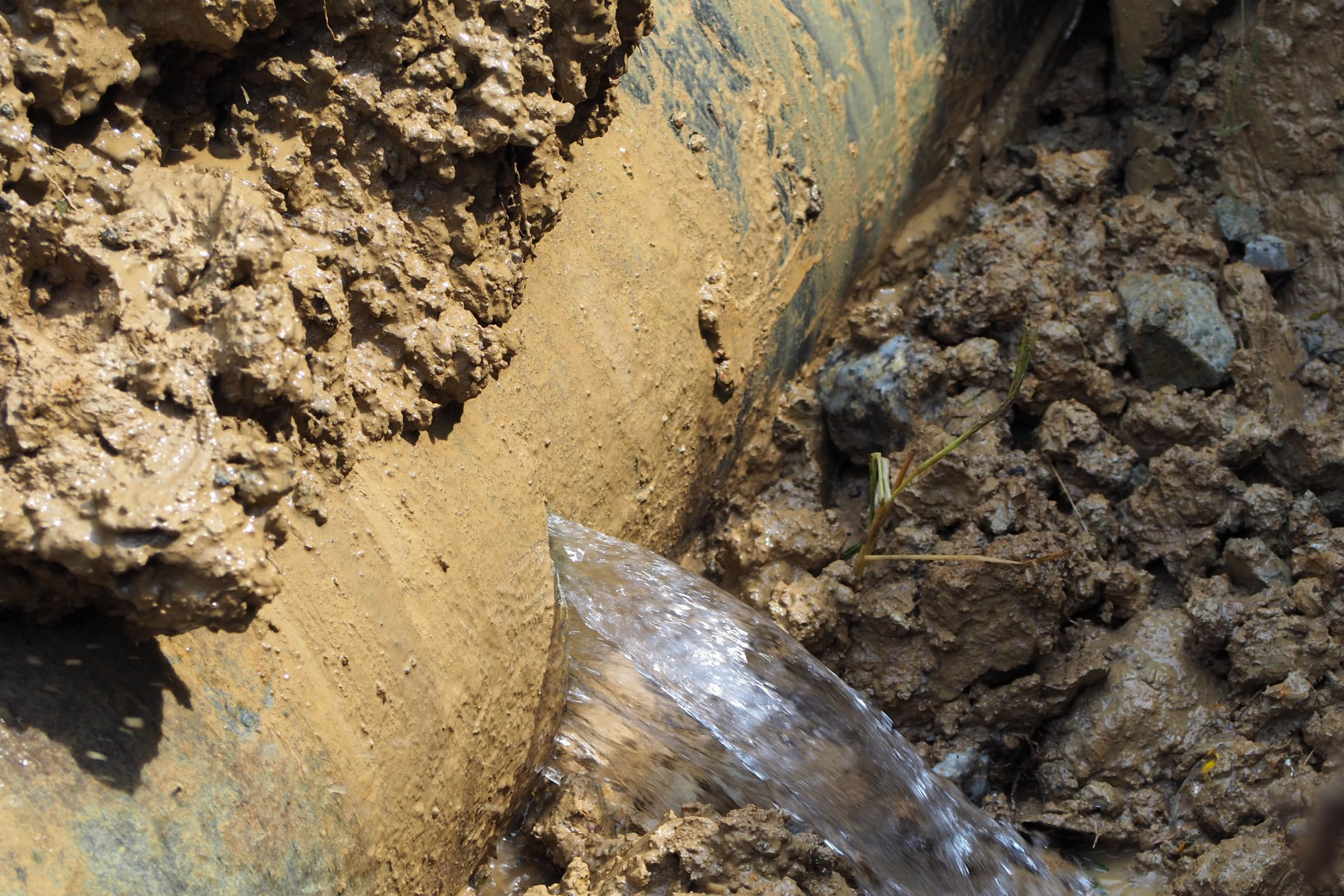
Utility damage prevention: A guide to preventing utility strikes
A variety of construction projects involve some form of underground work, which poses threats to any existing utility pipes or cables that might be present around the site. One of these threats is utility strikes, which occur when underground utility lines are damaged or disrupted during these works. These strikes can severely damage the utilities and their services, but can also result in property damage or injury – making them a serious concern for construction companies and utilities providers alike.
However, there are steps utilities companies can take to help future-proof their underground pipes and cables, preventing strikes and ensuring the safety of the project. Read on to discover how to minimise utility strikes on your site and reduce risk of damage.
1. Preparing to dig
One of the most effective ways to prevent utility strikes is to be aware of the positioning of any underground cables and pipes before you dig. This responsibility lies both with the utilities provider and the construction company, who each have due diligence in ensuring utilities are as easy to locate as possible.
When laying new pipes and cables, it’s crucial that the relevant organisations are made aware. These services are designated to help you understand the positioning of your proposed utilities and avoid any potential collisions before they occur. However, they are not international, so make sure you are familiar with your region’s protocol. Some examples include:
- PlanToDig from National One Call – UK
- One Call 811 – USA
- beforeUdig – Ireland, New Zealand and Singapore
Aside from ensuring your underground utilities are documented by the correct authorities, contacting your region’s damage prevention organisation can also help reduce the risk of flooding or cave-ins, keeping your site as safe as possible.
As utilities providers, you are also likely to be contacted by construction companies in the event of proposed works being carried out near your buried utilities. In this instance, it is crucial that you fully comply with their requests and provide all the necessary information to reduce the risk of damage to either party.
2. Promoting above-ground visibility
Once you have alerted the appropriate service and they have documented your plans to lay new underground utilities, the work can commence. But your responsibility for damage prevention doesn’t stop there – it’s likely that construction work may be carried out in the vicinity at a later date, so it’s important to make your utilities as detectable as possible.
Construction companies will commonly use cable detection tools to spot any underground cables before they start digging, so ensuring that your utilities are easily picked up by these devices is helpful for minimising any potential strikes.
Products like Locata® Detectable Tape and Locata® Detectable Warning Mesh, part of the Centriforce range, are great for this purpose. Suitable for underground use, these products feature a detectable tracer wire that can be picked up by most cable detection tools on the surface, as well as highly visible bright colours and customisable text options to meet your region’s health and safety requirements.
3. Ensuring impact resistance
The most robust ships have lifeboats, and the same should be said for your underground utilities. Accidents happen, and they can be costly, disruptive and even dangerous. That’s why, in addition to ensuring your buried utilities are unlikely to go unnoticed, it’s also important to ensure that they are protected as much as possible.
Laying cable protection tiles, like Stokbord® Cable Cover or Tapetile® Protection Roll, over your newly installed utilities is a prudent way to protect them in case of a strike in the future. Although some may view this additional step as a further cost, it can actually save your company thousands in the event of a strike or other form of disruption. And, with underground damage costing $30bn each year, it is certainly worth the small additional cost to prevent disaster further down the line.
It can be difficult, and even hazardous, for workers to physically place cable protection in your utility trenches. That’s why Centriforce developed Stokbord® Drum, an innovative laying solution that helps your workers install cable protection quickly, efficiently and safely – enabling you to protect your new utilities without compromising on timescales or labour costs.
4. Emergency planning
Mechanical impact protection is important, but it’s only one part of the solution for preventing damage to underground utilities in the event of an accidental strike. Your company should ensure there is always a comprehensive plan in place for dealing with a potential strike, even if best practice has been followed throughout the installation.
This strategy should include your proposed procedures for responding to a strike, as well as the correct way to report the incident to the right authorities and the steps required to repair any damage that may occur. The person or people responsible for this plan should also be present to oversee the installation of the cables, to ensure that all procedures are being followed to minimise risk from the start.
Furthermore, it isn’t enough for your managers to carry this plan alone. Every worker should be made aware of the correct procedures to undertake in the event of an incident, to prevent any missteps and reduce the risk of injury or further damage. The workers should also be properly trained in how to respond to a strike, so they can act quickly and correctly in case of an emergency.
Preventing utility strikes is a top priority for construction workers during any underground work, but it should also be front-of-mind for utility companies when installing new buried utilities. Prevention is always better than cure, and utilities providers must ensure that it is as simple as possible for construction workers to find their pipes and cables in the future if they wish to avoid costly repairs, service disruptions and health and safety risks.
For more information about Centriforce for utilities protection, visit our dedicated Utilities and Civils sector page.
